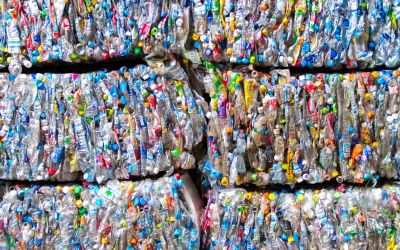Supercritical power plant denied UN funding
The UN's refusal of CDM funding to Tata on the basis of 'additionality' sparks concerns by developers of Chinese supercritical coal power plants.

 Last month, the UN rejected an application to build a supercritical power plant in India. The move has caused Chinese supercritical coal plant developers to fear that the UN's Clean Development Mechanism (CDM) will reject their funding applications.
Last month, the UN rejected an application to build a supercritical power plant in India. The move has caused Chinese supercritical coal plant developers to fear that the UN's Clean Development Mechanism (CDM) will reject their funding applications.The UN rejection highlights the controversy surrounding the UN process that allows valuable carbon offsets to be given to projects investing in carbon emissions reduction technology. The use of credits to fund these 'cleaner' fossil-fuel projects has already come under fire by activist groups, which advocate a ban on fossil fuels.
The UN Executive Board denied CDM funding to Tata's proposal to build a 4,000 MW supercritical power plant in Gujarat, on the basis that it was unable to prove that it would not otherwise reduce its carbon emissions, or 'additionality'.
Supercritical coal power plants use a boiler design known to reduce carbon emissions by using hotter steam to increase thermodynamic efficiency. The concept has been present since the 1960s but designs have only recently become cost effective. There are only a handful of supercritical boilers, for example, in the United States, Denmark and Germany.
In one boiler design, pioneered by Hitachi, fortified steel is used to withstand higher temperatures (600 degrees) and higher pressure (25MPa, about 250 times greater than atmospheric pressure) than the typical sub-critical power plant boiler.
In a report, Chinese developers stated that supercritical power plants cost 10 percent more than sub-critical plants and speculated on the future of supercritical coal power without CDM funding,
"I think it will be very difficult for such projects to survive without the CDM," said an official at a USC plant now being built in China's eastern province of Jiangsu.
China is the world's largest carbon emitter because of its dependence upon coal-fired generation, which produces more emissions than any other fuel source. Under international pressure to reduce emissions, the Chinese government plans to convert its coal-powered economy to more efficient super-critical coal plants.
A World Bank report, however, states that supercritical costs are not as high as reported by Chinese plants,
'Current designs of supercritical plants have installation costs that are only 2 percent higher than those of subcritical plants. Fuel costs are considerably lower due to the increased efficiency and operating costs are at the operating costs are at the same level as subcritical plants.'
Chinese developers will need to substantiate their claims of 'additionality' to make a case for UN funding. Tata's competitor Adani Power succeeded in meeting the 'additionality' requirement and was granted CDM funding for a 4,620 MW plant to be completed in December. The CDM will continue to fund supercritical coal power projects, a UN spokeswoman announced, 'on a case by case basis.' Author: Cristina Brooks | Climate Action
Image: Dennis | Picasa


